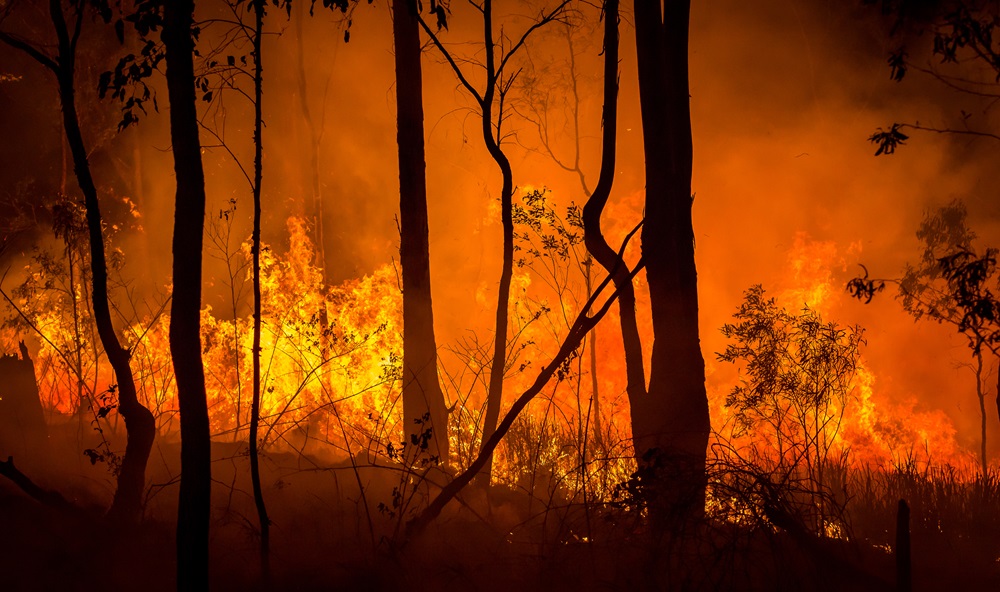
New research has shed light on why Brisbane experiences significantly fewer destructive bushfires than other major Australian cities.
The study, led by The University of Queensland’s Professor Rod Fensham, compares the bushfire environments of Brisbane, Sydney, Canberra, Melbourne, and Hobart, exploring factors such as vegetation, weather patterns, and fuel loads.
The results reveal Brisbane’s resilience can be attributed to a combination of natural and human-influenced factors.
“While bushfires frequently devastate cities like Sydney and Melbourne, Brisbane's landscape appears uniquely resilient,” Professor Fensham said.
“For example, Brisbane benefits from a subtropical climate that allows faster decomposition of fire fuels like leaf litter and the city’s urban fringes are bordered by large, cleared areas and fire-resistant rainforest patches.
“This contrasts with the wet sclerophyll forests, such as those with predominantly eucalyptus trees, seen around cities further south, which are highly flammable.”
To investigate each city’s bushfire environment, researchers analysed historical fire events, fire weather patterns – including Forest Fire Danger Index data – and urban vegetation types.
“We used Geographic Information System mapping to assess vegetation distribution, fire-prone areas, and fuel loads, integrating spatial data with historical records,” Professor Fensham said.
“Statistical models were then used to project future fire weather risks under climate change scenarios, highlighting distinctions in vegetation and fuel loads that influence bushfire vulnerability.”
Researchers identified Melbourne as the most bushfire-prone city in the study, with wet sclerophyll forests – lush but dangerously combustible – dominating its urban fringe.
Hobart’s conditions are similarly hazardous due to high fuel loads and dry summers.
And while Brisbane’s current outlook remains optimistic, Professor Fensham said climate change poses a growing challenge.
“As temperatures rise and extreme weather events become more common, the fire threat to all cities, including Brisbane, is likely to increase,” he said.
“These findings will hopefully provide insights for urban planners, particularly in designing safer city boundaries and improving bushfire preparedness.
“Understanding what makes Brisbane less vulnerable provides a blueprint for mitigating risks in other cities.
“Our results underscore the need for long-term strategies to address Australia’s escalating bushfire risks, which have already caused immense socio-economic losses and claimed thousands of homes over the past century.”
This research is published in Natural Hazards.
Media: UQ Faculty of Science Media, science.media@uq.edu.au, +61 438 162 687.



